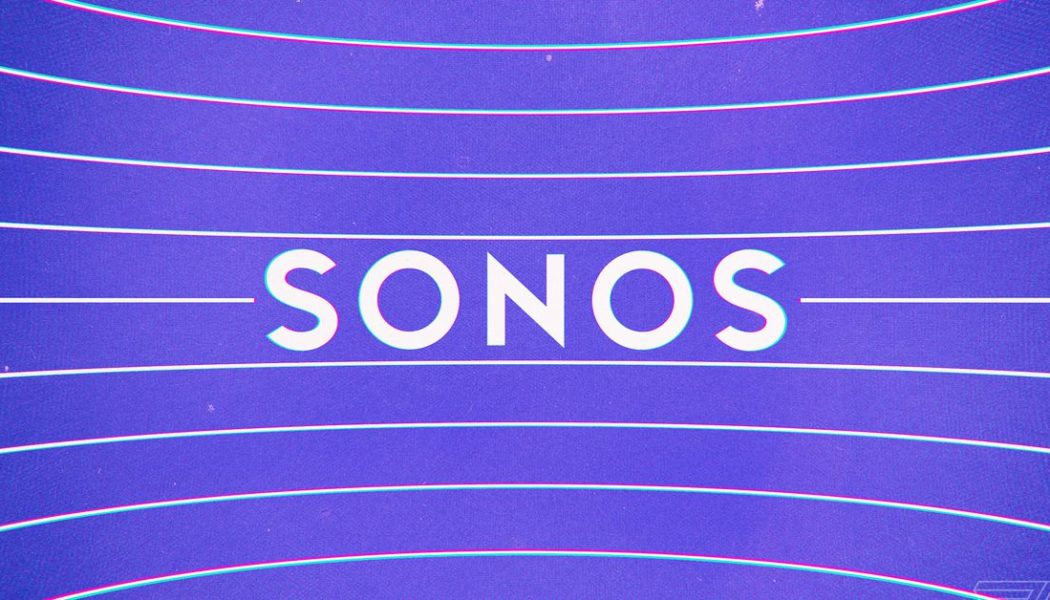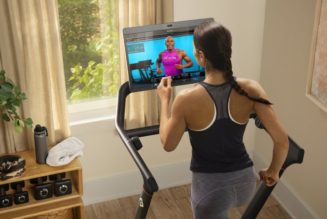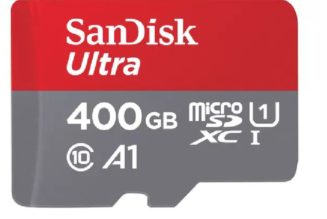
A huge reason behind Sonos’ success is the company’s adaptability. Whenever a new audio streaming service comes along — and as the industry evolves and pushes new formats like lossless and Dolby Atmos spatial audio — Sonos is always right there trying to support what’s new. For voice assistants, Sonos offers both Amazon Alexa and Google Assistant on its smart speakers. And the company also widely supports Apple’s AirPlay 2 across its current product lineup. That’s all on top of the whole-home audio platform that Sonos has built its brand on.
But to stay so nimble and adaptable, Sonos constantly needs to be looking forward and have some sense of what’s coming down the technology pike. To help with that, Sonos recently (and very quietly) joined the Connectivity Standards Alliance, the coalition that’s developing the Matter smart home standard.
Smart home enthusiasts hope that whenever Matter finally rolls out, it will mark a monumental advancement for interoperability between gadgets from everyone helping to create it. That includes major players like Amazon, Google, Apple, and Samsung. The goal is to remove all the friction and compatibility frustrations that often plague the smart home today. Now, Sonos is throwing its hat into the ring — though it’s not making any promises to adopt Matter just yet.
“Sonos has always been focused on giving customers choice. As an open platform with a wide range of partners, Sonos is committed to making sure our products integrate seamlessly with other smart home products,” Sonos spokesperson Joani Brink told The Verge by email. “Our membership in the Connectivity Standards Alliance allows us to learn about emerging standards and also evaluate whether they provide for true interoperability at the platform or operating system level, which we consider vital to consumers and competition.”
To me, the latter part of that statement is very interesting and almost comes across a bit standoffish. Sonos is basically saying, We’re here to make sure this will be on the level and as open as everyone claims it’s going to be. This is a company that vehemently opposes any hint of big tech competitors having an unfair advantage, after all. “Our active engagement with Matter is at an early stage and we look forward to learning and evaluating in a constructive way,” Brink added in a follow-up statement.
Sonos is certainly keen on tracking emerging standards. In a recent interview on Decoder, CEO Patrick Spence made that very clear. “Staying tight with all of today’s streaming services and technology leaders, plus trying to tap into new startups as well and understanding what’s happening in the space — that’s where my team and I spend time trying to figure out the landscape,” he said. “Every day I’m trying to figure out the landscape, consuming and reading as much as I can about what’s happening in all of the audio spaces and technology beyond that. The pace of it all is so fast in this day and age — just making sure that we’re going to continue to stay ahead of the curve.”
Spence has repeatedly said he’s trying to build out Sonos in a way that will keep it relevant for decades to come. “We’re hiring people in software to go into new areas that we’re not in today,” Spence told The Verge’s editor-in-chief Nilay Patel. Protocol recently highlighted job postings that suggest Sonos has big plans for a forthcoming “next generation home theater experience” that will work across many different types of devices and platforms.
Those ambitions aren’t going to materialize immediately. Last week, The Verge exclusively revealed that the company’s next new product will be a budget soundbar, more evidence that home theater remains a top priority for Sonos now and moving forward.
But as you look further out — to that eventual OS, to the long-rumored wireless headphones, and to other new devices — it’s easy to see why Sonos is interested in both Matter and the Connectivity Standards Alliance. All of these products will need to be able to communicate and work together more seamlessly than what the smart home allows for right now.
Matter also includes a universal casting spec that Sonos might be eyeing and planning to support, even as the company remains extremely protective of its own intellectual property. I don’t think we’re very far from a scenario where you’ll come home wearing Sonos headphones, various smart home gadgets will recognize your arrival, and your music will automatically start playing on your other speakers. But I’m guessing Sonos has much bigger objectives than that.









